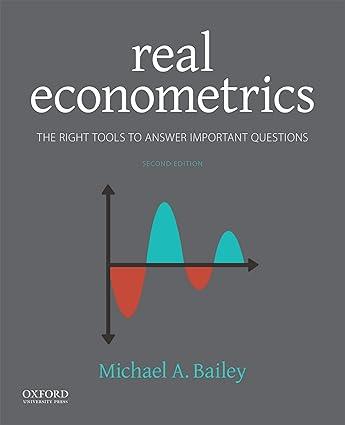Table 8.12 describes variables in TexasSchools.dta, a data set covering 1,020 Texas school board districts and teachers'
Question:
Table 8.12 describes variables in TexasSchools.dta, a data set covering 1,020 Texas school board districts and teachers' salaries in them from 2003 to 2009. Anzia (2012) used this data to estimate the effect of election timing on teachers' salaries in Texas. Some believe that teachers will be paid more when school board members are elected in "off-cycle" elections, when only school board members are up for election. The idea is that teachers and their allies will mobilize for these elections while many other citizens will tune out. In this view, teachers' salaries will be relatively lower when school boards are elected in "on-cycle" elections in which people also vote for state and national offices; turnout will be higher in on-cycle elections, and teachers and teachers unions will have relatively less influence.
From 2003 to 2006, all districts in the sample elected their school board members off-cycle. A change in state policies in 2006 led some, but not all, districts to elect their school board members on-cycle from 2007 onward. The districts that switched then stayed switched for the period 2007-2009, and no other district switched.
(a) Estimate the pooled model of LnAvgSalary \({ }_{\text {it }}=\beta_{0}+\beta_{1}\) OnCycle \(_{\text {it }}+\) \(\epsilon_{\text {it }}\). Discuss whether there is potential bias here. Consider in particular the possibility that teachers unions are most able to get off-cycle elections in districts where they are strongest. Could such a situation create bias? Explain why or why not.
(b) Estimate a standard difference-in-difference model using the fact that a subset of districts switched their school board elections to "on-cycle" in 2007 and all subsequent elections in the data set. No one else switched at any other time. Before 2007, all districts used "off-cycle" elections. Explain the results. What is the effect of election time on teachers' salaries? Can we say anything about the types of districts that switched? Can we say anything about salaries in all districts in the years after the switch?
(c) Run a one-way fixed effects model in which the fixed effect relates to individual school districts. Interpret the results, and explain whether this model accounts for time trends that could affect all districts.
(d) Use a two-way fixed effects model to estimate a differenceindifference approach. Interpret the results, and explain whether this model accounts for (i) differences in preexisting attributes of the switcher districts and non-switcher districts and (ii) differences in the post-switch years that affected all districts regardless of whether they switched.
(e) Suppose that we tried to estimate the two-way fixed effects model on only the last three years of the data (2007, 2008, and 2009). Would we be able to estimate the effect of OnCycle for this subset of the data? Why or why not?

Step by Step Answer:

Real Econometrics The Right Tools To Answer Important Questions
ISBN: 9780190857462
2nd Edition
Authors: Michael Bailey





